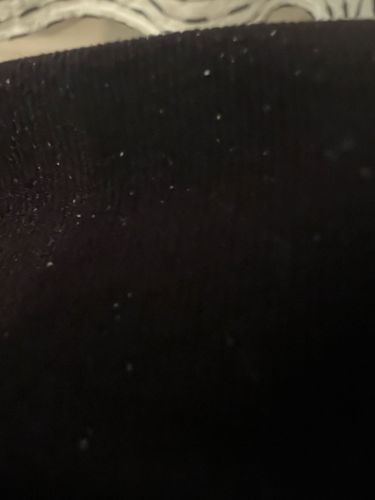Dust Mite
Scientific Name: Dermatophagoides spp.
Order & Family: Order: Sarcoptiformes, Family: Pyroglyphidae
Size: 0.1 - 0.5 mm (microscopic)

Natural Habitat
Commonly found in human dwellings, especially in bedding, mattresses, upholstered furniture, carpets, and clothing, thriving in warm and humid environments.
Diet & Feeding
Feeds primarily on shed human and animal skin flakes (dander), as well as other organic debris.
Behavior Patterns
Dust mites are microscopic and not visible to the naked eye. They primarily breed in textiles where they can find food and moisture. They are not parasitic on humans, but their waste products and body fragments can trigger allergic reactions. They avoid light and prefer dark, secluded environments.
Risks & Benefits
Potential risks include triggering allergic reactions in sensitive individuals, leading to symptoms like asthma, eczema, rhinitis (hay fever), and conjunctivitis. There are no known direct benefits to humans, though they play a minor role in breaking down organic matter in indoor environments.
Identified on: 10/29/2025